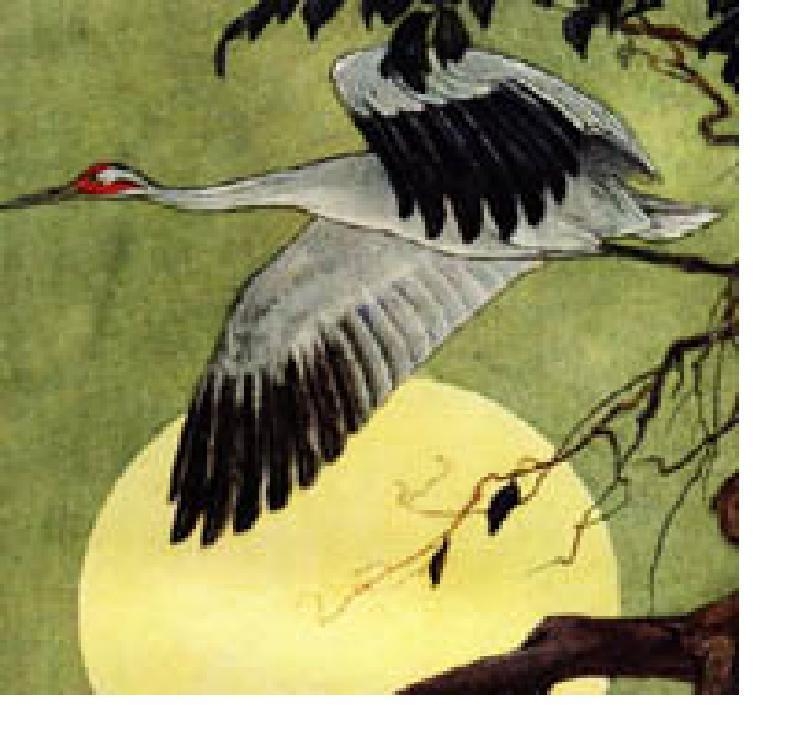A clutch of mathematical Haiku
Posted by: Gary Ernest Davis on: April 5, 2011
 I’m hoping that teachers of mathematics, and their students, will be inspired to write a few Haiku describing life in the mathematical world.
I’m hoping that teachers of mathematics, and their students, will be inspired to write a few Haiku describing life in the mathematical world.
Inspired by the following excellent (non mathematical) Haiku of Colin T. Graham (@ColinTGraham):
Occluding stratus,
Trees shivering in the wind.
And yet, there is green.
I decided to chance my arm at a mathematically-oriented Haiku:
Statistics in Spring.
Finding goodness of a fit,
Chi-squared small, good!
It caught the attention of Dime Arale (@Norii_xD) who re-tweeted it.
I looked around to see if there were examples of mathematical Haiku on the Web, and perhaps even a genre of mathematical Haiku.
To my surprise I found quite a few examples.
Here’s a clever bunch from Damiel Matthews: Mathematical_Haiku_Daniel_Matthews_2004
Here are some focussing on programming, from the site of Tim Davis:
Floating in number,
result of add off by eps :
bit of summer err.
_______________
Variant (2010):
Floating in number,
An adder is off by eps :
bit of summer err.
_______________
Etrees in autumn,
elm and yew leaves are falling :
L and U fill-in.
_______________
Two coders at sea,
for pair programming extreme ;
C shanties they sing.
_______________
A summer blessing :
May descendents multiply,
non-transitive life.
_______________
Land-lubbers set sail,
C coding in mexFunction :
MATLUBbers at C.
_______________
Here’s another bunch in Haiku style by J. L. Alperin, reflecting on a mathematical life:
Referee’s Report
Beautiful theorem
The basic lemma is false
Reject the paper
_______________
Oral Exam
Questions like arrows
I give proofs, like swatting flies
Then smiles, all around
_______________
Fermat’s Last Theorem
A marginal note
Enigma for centuries
A theorem of Wiles
_______________
Classification
Eighteen families
Twenty-six sporadic groups
All the simple ones
Typically a Haikai verse (plural Haiku) consists of 3 phrases, with 5, 7, and 5 sound units (mora) repectively. Haiku often contain a seasonal reference, and a cutting word that contrasts two situations.
Commonly, English language Haiku form has the following characteristics:
- Use of three (or fewer) lines of 17 or fewer syllables;
- Use of a season word (kigo);
- Use of a cut (sometimes indicated by a punctuation mark) paralleling the Japanese use of kireji, to implicitly contrast and compare two events, images, or situations.
If you have a mathematically-oriented Haiku you would like to share, please add it to the comments.
5 Responses to "A clutch of mathematical Haiku"
How about some limericks? My fav:
‘Tis frequent desire of mine,
A new value of pi to define
I would fix it at 3,
For it’s easier you see,
Than 3.14159.
(I never was into haiku.)
Oh no! I’ve created a monster!
Thanks for the mention, Gary. Glad it inspired something….
:-)

April 5, 2011 at 9:02 am
This post is about
mathematical haikus
counting syllables
April 5, 2011 at 9:20 am
Hooray!